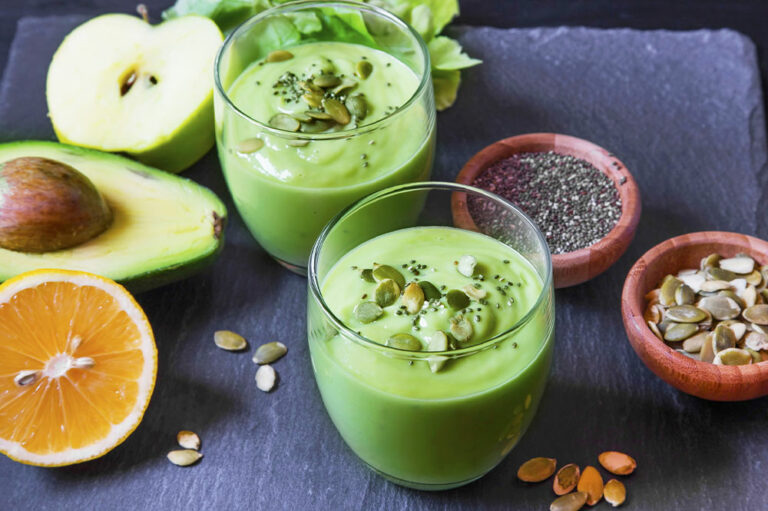
7 Foods That May Worsen Eosinophilic Esophagitis Symptoms
People with eosinophilic esophagitis (EoE) undergo inflammation in their esophagus, a food pipe tract, as it connects the mouth to the stomach. This inflammation is caused by the rapid and aggressive growth of eosinophils, a kind of white blood cell, in the lining of the esophagus. Specific triggers can worsen its symptoms in individuals, certain foods being one of them. To prevent this, here are some EoE food items one must avoid: Milk Cow’s milk contains specific proteins that can trigger inflammation and allergies in people with eosinophilic esophagitis. When such people consume milk, the subsequent allergic reaction caused due to these proteins can speed up the growth of eosinophils in the inner lining of their food pipe. This, in turn, worsens symptoms such as pain, difficulty in swallowing meals, and, in many cases, frequent episodes of vomiting. Due to its components, such as casein, lactoalbumin, and lactoglobulin, milk makes eosinophilic growth more rampant in patients. However, certain research studies have found that eliminating milk and other dairy products such as yogurt, ice cream, butter, buttermilk, artificial cream/cream, condensed milk, evaporated milk, margarine, ice cream, sour cream, some salad creams, mayonnaise, and cheese from one’s daily meals result in a tangible improvement in terms of symptoms in up to 34 percent of EoE cases.
Read More 











